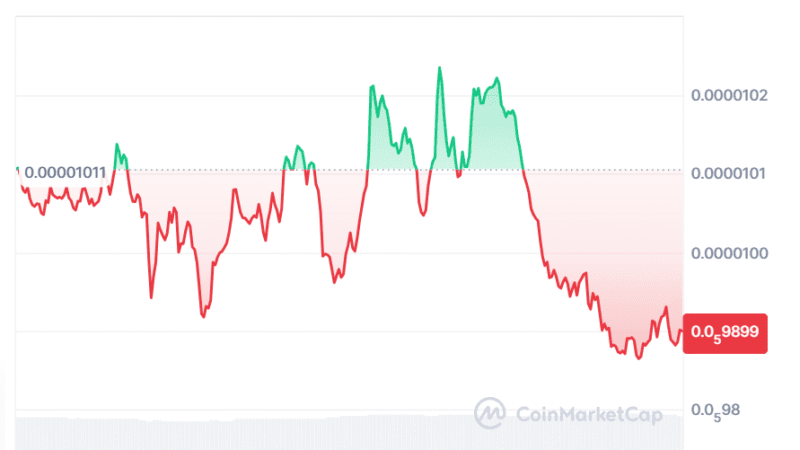LuBian Mining Shifts Dormant 11,885 BTC After Three Years
- LuBian mining pool moves 11,885 Bitcoins to a new address.
- Incident linked to cybercrime and DOJ’s ongoing investigation.
- Significant impact on Bitcoin BTC -1.56% liquidity and market sentiment.
LuBian Mining Pool transferred 11,885 Bitcoins from a dormant wallet after three years, following a U.S. DOJ investigation into linked cybercrime activities.
This significant Bitcoin movement could affect market sentiment and volatility while highlighting ongoing regulatory efforts against cybercrime networks.
The LuBian mining pool has transferred 11,885 Bitcoins, valued at approximately $1.3 billion, from a long-dormant wallet to a new address. This significant movement follows a period of three years of inactivity.
Involved parties include the U.S. Department of Justice and the “Prince Group,” a global cybercrime network. “The U.S. Department of Justice is seeking to forfeit BTC related to a mining pool attack linked to the ‘Prince Group,’ a global cybercrime network.” The DOJ is seeking to forfeit BTC due to purported criminal activities by the Prince Group.
The transfer has affected Bitcoin market sentiment and liquidity, potentially influencing price volatility in the cryptocurrency market. Stakeholders are closely monitoring the situation for further developments.
The incident underscores potential financial, political, and social implications, bringing attention to increased regulatory scrutiny. Bitcoin, as the primary asset affected, may see further consequences as the investigation continues.
This Bitcoin movement is indicative of past events like the Mt. Gox hack, affecting market liquidity and sentiment. Historical data suggest asset movements of this magnitude are pivotal for market dynamics.
Insights highlight that ongoing DOJ and regulatory actions may lead to enhanced compliance measures. Financial expert analyses suggest that such large-scale movements signal potential technological shifts within the industry, demanding vigilance from regulatory bodies and stakeholders.




